Pope Francis: Here are 5 times the pontiff has split with the Vatican
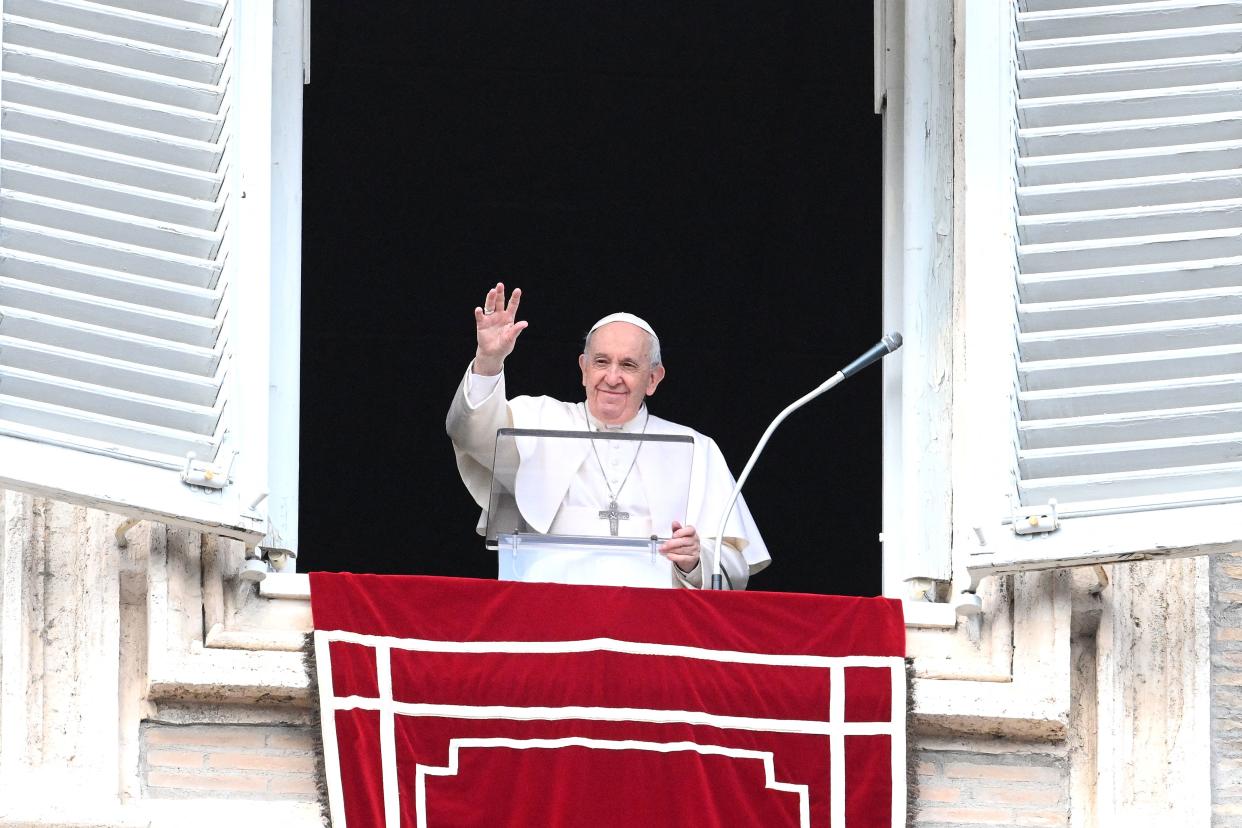
In an opening speech to a discussion on the future of the Catholic Church, Pope Francis expressed it needed “repair” and that “everyone, everyone, everyone” should be welcomed.
During his address on Wednesday in the Vatican’s St. Peter’s Square, Francis said he recognized the divisions in varying ideologies but asked that people listen to the Holy Spirit. He stated that it was time to “rebuild” the church.
The church’s top deliberative body, known as the Synod of Bishops, will meet in Rome for four weeks to discuss issues that have been a point of contention since Francis began his papacy.
In 2019, 1,500 Catholic scholars and priests signed a letter to the Vatican’s College of Bishops accusing Francis of heresy, citing his support for LGBT Catholics and allowing those divorced and remarried to receive communion.
Over the last decade, Francis has strayed from the doctrinaire teachings of the former popes and instead has chosen to move the church in a more inclusive, liberal direction. By doing so, he has been at odds with critics within the church who fundamentally disagree with going against the church’s ideology.
1. Including women
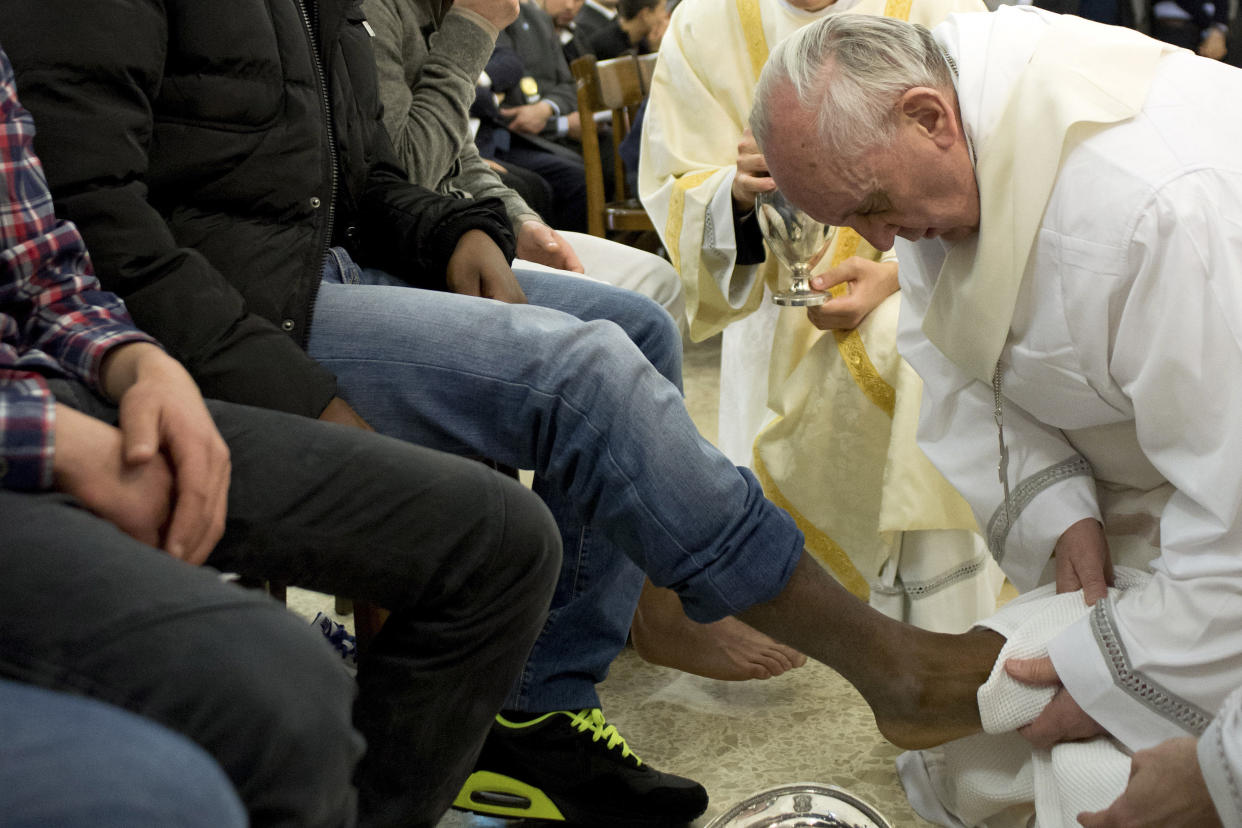
Since the beginning of his popedom, Francis has led the way in a more progressive view of the future of the church — especially in its inclusivity of women. During his first Easter service, he broke tradition and allowed women to take part in the ceremony for Maundy Thursday, during which the pope washes the feet of worshippers, mimicking the final act of Jesus Christ to his disciples before he was crucified.
In 2020, the pope appointed six women to top roles in the Vatican. One of those roles was to oversee the city-state’s finances. Until that point, the Council for the Economy had consisted only of men.
The following year, Francis changed church law, allowing laywomen to partake in tasks performed during mass, including administering communion.
In April, he enraged traditionalists when he gave women the right to vote in the Synod of Bishops. In his new changes, 70 nonbishops have been allowed to participate, with more than half expected to be women. “This is a significant crack in the stained glass ceiling, and the result of sustained advocacy,” a group working to ordain women as priests, the Women’s Ordination Conference, said of the changes.
Recommended reading
Reuters:Pope Francis cements legacy, stamps Church future with new cardinals
Associated Press:Clergy abuse survivors propose new 'zero tolerance' law following outcry over Vatican appointment
2. Vow of poverty
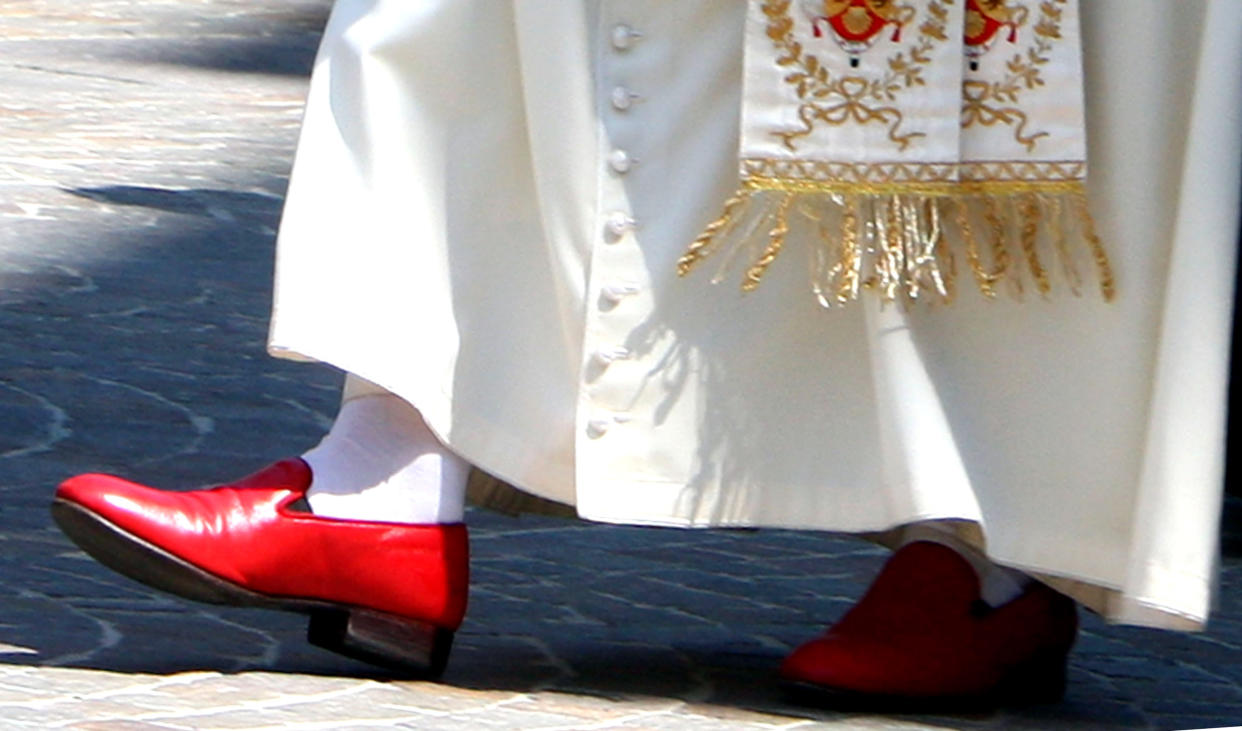
When he was elected, in 2013, the pope — then Cardinal Jorge Mario Bergoglio — chose the name Francis after Saint Francis of Assisi, and like Assisi, he continued in his vow of poverty, shunning the opulence of the Vatican court. He chose not to live in the Apostolic Palace and instead lives in a humble two-bed apartment. Unlike his predecessor Pope Emeritus Benedict, who wore Gucci red leather loafers, Francis has kept his clothing and jewelry subtle.
3. LGBT views
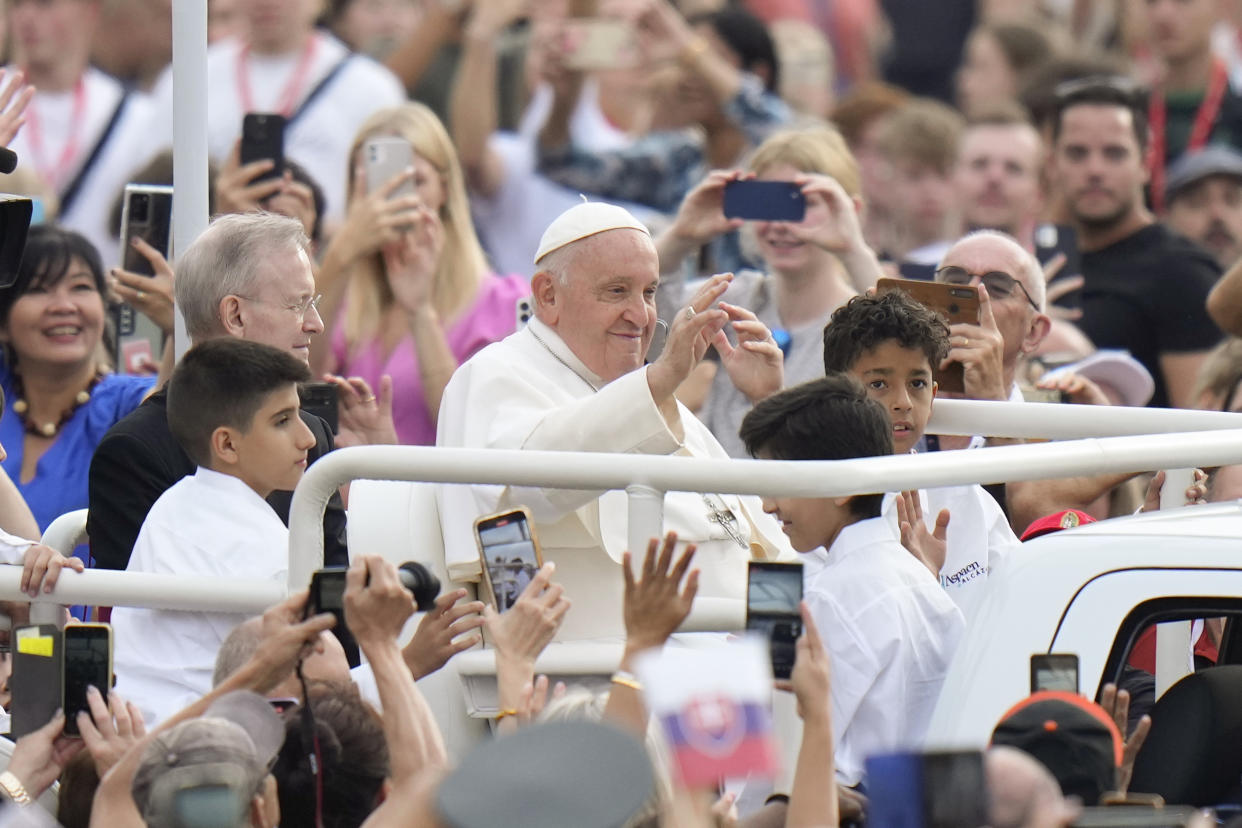
Although Francis hasn’t fully embraced the rights of the LGBT community (he continues to refer to it as a “sin”), he has pushed against conservative thinking in the church. When asked in 2013 how he felt about homosexual relationships, he replied, “Who am I to judge?”
In a move against Catholic teachings, Francis said that “being homosexual isn’t a crime,” and called laws that criminalize it “unjust.” “We are all children of God, and God loves us as we are and for the strength that each of us fights for our dignity,” he said in January.
Last year, Francis called on parents around the world to not “condemn” their children if they are gay, and in 2020 he endorsed civil unions and said transgender people were “children of God.”
More recently, Francis hinted that he was open to blessing same-sex unions after he was asked by five traditionalist bishops about his stance on homosexuality. He said that as long as the blessings would not be confused with the sacramental marriage blessing, they could be studied.
4. Progressive teachings
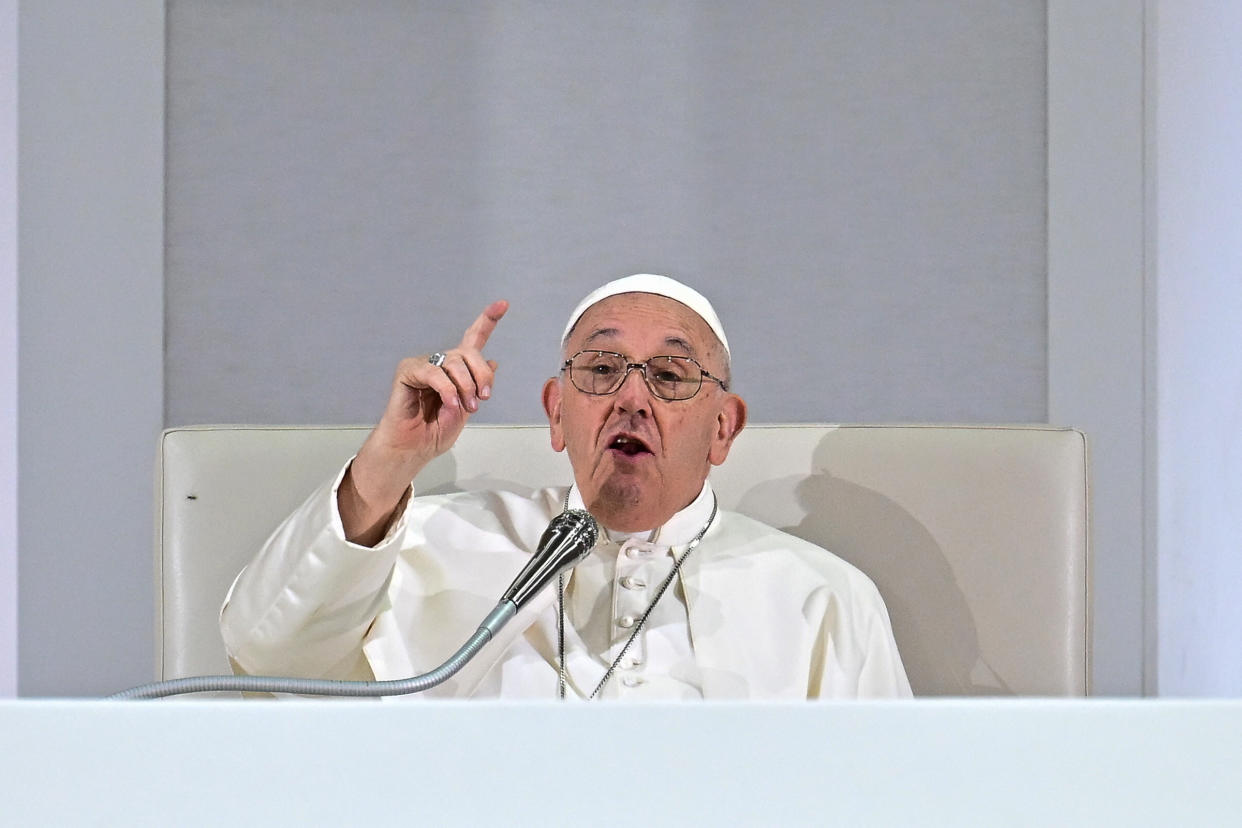
In August, Francis criticized the “backwardness” of some American Catholics, stating that the church’s doctrine allows change over time. “I want to remind these people that backwardness is useless, and they must understand that there’s a correct evolution in the understanding of questions of faith and morals,” he said. This followed the news of a clear division between American bishops — those who looked at the dogmatic papacies of the past and those who followed Francis.
5. Diversity among cardinals
Upon his election, Francis was the first pope in modern times to hail from outside of Europe, and the first ever from South America. Embracing his own diversity, he recently selected 21 cardinals from around the world, all of whom now will be in the running to be his successor. Francis chose cardinals from every corner of the world, including Asia and Africa. “Diversity is necessary; it is indispensable,” he said. “However, each sound must contribute to the common design.”
